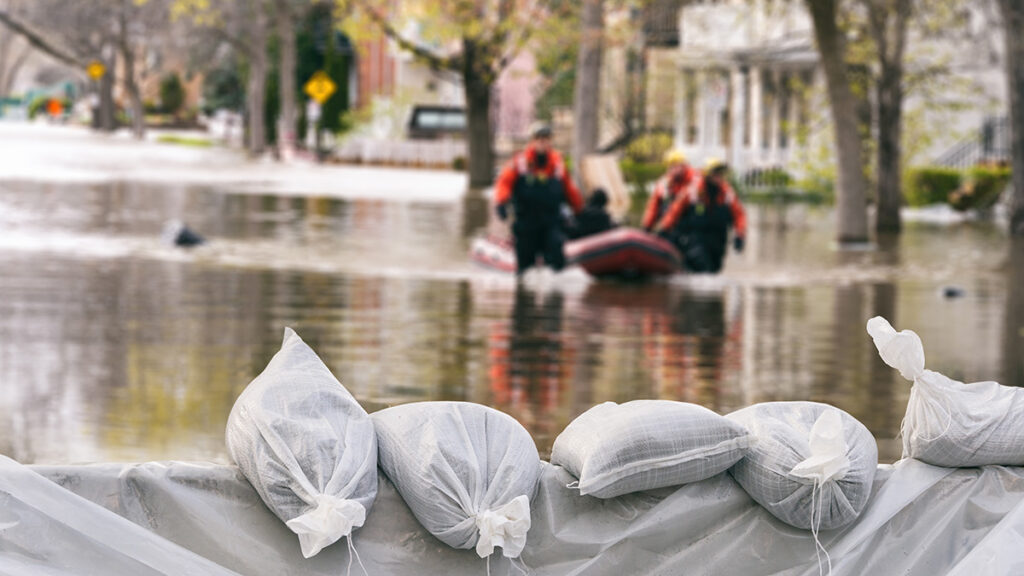Residents, business and communities, especially those in rural areas prone to flooding, will have to find ways of handling more extreme weather events, particularly rainfall, and look to innovative solutions to mitigate the effects of such extremes. IoT technology could offer a new avenue for developing more efficient ways for managing flood and stormwater capture and run-off, identifying mechanical malfunctions, and even curbing pollution.
Pilot programs and trials often serve as catalysts in promoting smart water management by providing a platform to experiment and optimise new technologies, techniques and approaches before rolling them out on a larger scale.
A Wi-SUN ‘state of the nation’ study published in 2022 examining IoT maturity among UK and US IT decision makers highlighted how the market has gathered momentum over recent years. The report revealed that over 90% of respondents recognise that they must invest more in IoT technology over the next 12 months to remain competitive as the market continues to evolve.
What’s more promising is that half of all respondents with smart utilities strategies have successfully completed projects, an increase of more than 10% since our first IoT study in 2017.
There’s room for growth, however, as the market evolves. Pilot programs are crucial in fostering innovation and ensuring the successful implementation of smart water management initiatives.
Realising the potential for collection, measurement
The importance of innovation in solving complex and challenging environmental problems like flooding and wildfires cannot be understated. While advanced meter infrastructure (AMI) is now one of the most likely applications for IoT, with 80% of study respondents planning to roll out such initiatives, what’s interesting is that around three-quarters plan to roll out smart water loss/leak prevention initiatives, a jump of around 10% since our first report in 2017.
Smart sensors can measure water quality and purity, ensuring compliance with quality standards, and provide data about the environmental impact of flooding and storm water. They are also a way to realise cost savings and increase efficiency.
Urban utilities in the US, on average, lose 17% of their water before it reaches end users, according to the Center for Water-Energy Efficiency. Cities like Louisville, Kentucky have already placed IoT sensors in sewers and other waterways to gather data about water quality, which is especially important after a storm.
The use of sensors and real-time monitoring systems also support initiatives to provide insights into the status of collection systems, particularly when they are nearing or surpassing their limits. In addition, advanced tools can identify areas with excessive runoff and allow for adjustments to storm and flood water infrastructure to compensate for changing volumes of water.
The role of security and open standards
Technology innovation can also present challenges, including such as security issues and the need to deliver return on investment. Having IoT solutions in place that are based on open standards is a must for interoperability between devices, but also for reliability and security.
Some network communications technologies struggle with challenging places they need to operate in, like dense urban environments or remote and hard to reach locations. A smart or flood water management system would need to cover a large area and require a range of devices and sensors as part of the overall network, such as AMI, pressure sensors, measurement devices, and more.
Standards-based wireless mesh network technology can provide a robust solution that offers access to a choice of IoT devices, driving up cost efficiencies and eliminating vendor lock-in.
Integrating such networks to create a canopy effect from which water and utilities companies can attach leaf nodes for their edge devices can be viewed as an investment rather than a cost. It also creates potential commercial opportunities with energy companies and local authorities.
With critical infrastructure like water management increasingly becoming the target of cyber attackers, it’s vital to invest in IoT devices certified to meet strict authentication and encryption standards. They are then safeguarded from spoofing and data interception, reducing the risk of sabotage, ransomware or denial of service attacks. According to our 2022 IoT maturity study, security and privacy are among the most common technical challenges among adopters of IoT.
With the prospect of more flooding across the UK and other parts of the world in the future, local authorities, water companies and policy makers will need to think about how they manage the impact of these increasingly frequent and costly events. In reality the potential for IoT and other smart technologies to address these issues is already here.
Phil Beecher is CEO and President of Wi-SUN Alliance.
